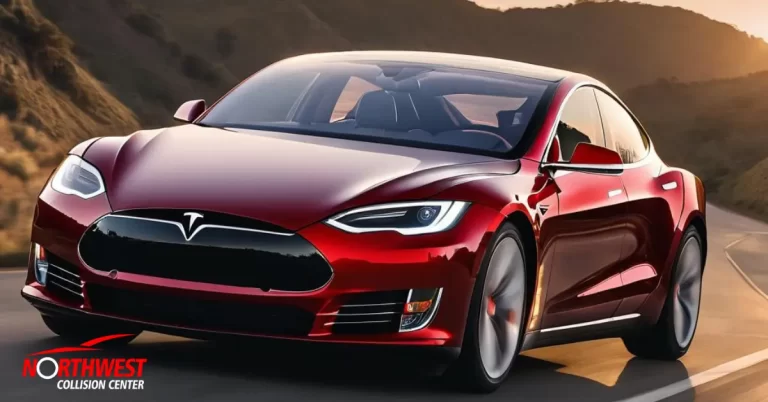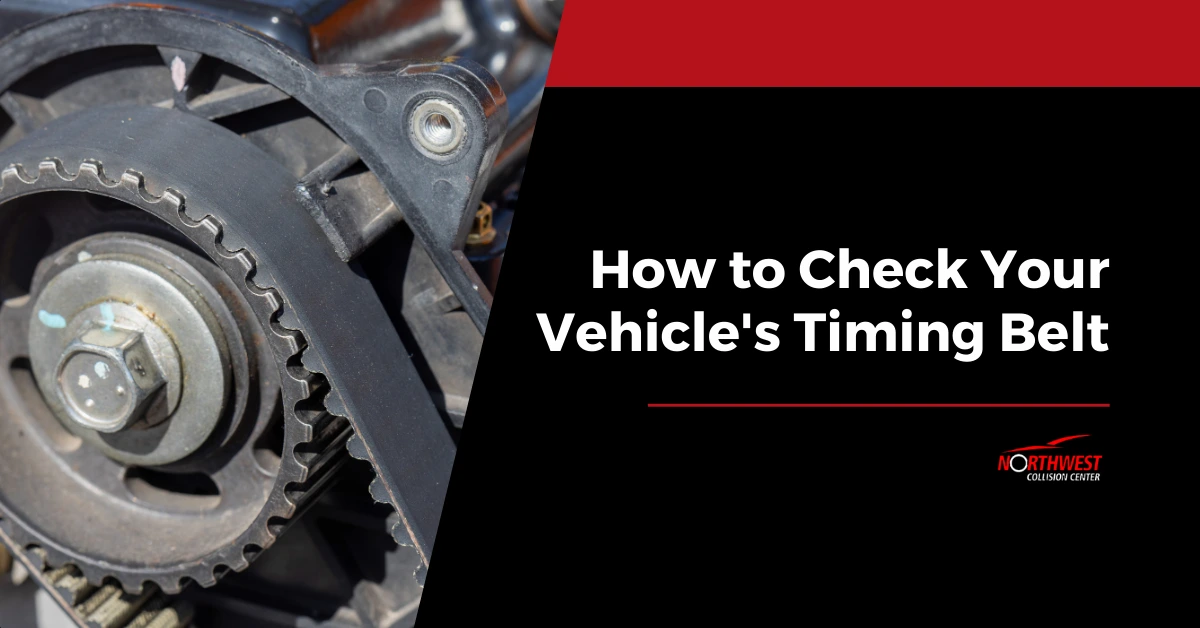If you own a Tesla or are considering getting one, it’s likely you’re aware of the company’s reputation for producing cutting-edge vehicles. Tesla is at the forefront of the electric car revolution, but it also leads the way in safety technology.
When it comes to safety, Tesla has a three-pronged approach: active safety, passive safety, and safety during emergencies. Each of these categories is designed to lessen the possibility of accidents and protect the vehicle’s occupants and other road users.
What Are the Safety Features of Tesla Cars?
The safety features in Tesla come in a wide range, including:
1. Autopilot
One of the most well-known Tesla car safety features is Autopilot. This system uses cameras, sensors, radar and makes steering, accelerating, and braking automatic. Autopilot assists the driver but it cannot replace them. It can significantly enhance safety by reducing the chance of human error.
2. Forward Collision Warning
Another key component of the Tesla safety features suite is the Forward Collision Warning system. This enables the radar and cameras to detect possible collisions of vehicles, pedestrians, and other obstacles. The driver will be alerted using visual and audio cues if a collision is imminent. This will increase the chances of avoiding the accident.
3. Automatic Emergency Braking
Tesla’s Automatic Emergency Braking (AEB), or Collision Avoidance Assist, is designed to work hand in hand with the Forward Collision Warning system. If the AEB determines that a collision is likely and the driver does not take action, it will apply the brakes decreasing the impact or even preventing the accident altogether.
4. Side Collision Warning
The Side Collision Warning feature uses sensors to monitor the vehicle’s blind spots and surrounding traffic. If it detects a potential side collision, such as a car approaching from the side, it will alert the driver of the danger. Some Tesla models also have an additional feature called Side Collision Avoidance, which can steer the car away from the oncoming vehicle to further reduce the risk of an accident.
5. Lane Departure Warning
Tesla’s Lane Departure Warning system uses cameras to detect the car’s position on the road. If the car starts to drift out of its lane without the turn signal activated, the system will alert the driver, helping them stay focused and avoid unintentional lane changes.
6. Lane-Keeping Assist
Lane-Keeping Assist is a feature that works in conjunction with the Lane Departure Warning system. If the driver does not respond to the warning and continues to drift out of the lane, this feature can automatically steer the car back into the correct lane, reducing the risk of a collision.
7. Traffic-Aware Cruise Control
Traffic-Aware Cruise Control is a Tesla car safety feature that uses sensors to maintain a set speed and distance from the vehicle ahead. It can automatically slow down the car, making highway driving safer and more convenient.
8. Full Self-Driving Capability
While still in its development phase, Tesla’s Full Self-Driving (FSD) Capability has the potential to be a game-changer for road safety. This feature, once fully realized and approved by regulatory authorities, aims to allow the car to navigate and operate autonomously without any driver input.
It’s important to note that current Tesla models are not fully self-driving vehicles, and drivers must remain engaged and ready to take control of the car at all times.
9. Smart Summon
Smart Summon is a feature available in some Tesla models, making the car capable of navigating the parking lot and picking up the driver. The driver can activate Smart Summon using the Tesla mobile app when they are within a certain range of the car. This feature can not only save time but also enhance safety by reducing the need to walk through a crowded parking lot.
10. Emergency Assistance
In the event of an accident, Tesla’s Emergency Assistance feature can automatically contact emergency services and provide them with the car’s location, increasing the chances of a swift response. This safety feature of Tesla aims to provide peace of mind for the driver and passengers, knowing that help will be on the way in critical situations.
Wrapping It Up
When it comes to safety, Tesla is a pioneer in the automotive industry, consistently pushing the boundaries of what is possible. Their commitment to providing advanced safety features in their vehicles is a testament to their dedication to ensuring the well-being of their customers.
Tesla cars are designed to prioritize your safety on the road which is why they are equipped with Tesla’s standard safety features like the Autopilot and Full Self-Driving capabilities.
Trust Your Tesla to Northwest Collision Center
While Tesla vehicles are built to withstand accidents, it’s always good to have a reliable auto body repair shop in mind. Northwest Collision Center is your go-to for auto body repair for Tesla in Clearwater, FL. We specialize in collision repairs, ensuring your Tesla is restored to its pre-accident condition with the utmost care and attention to detail.
We have a reliable record of success in handling the specific requirements of Tesla vehicles. Contact us today!











